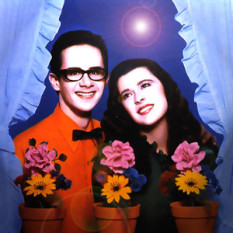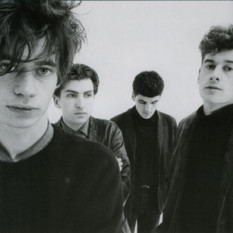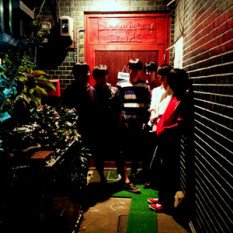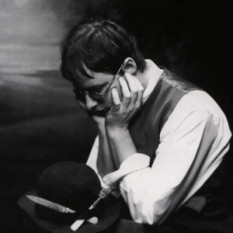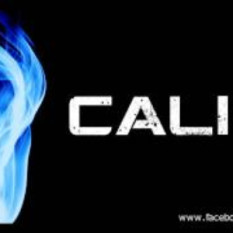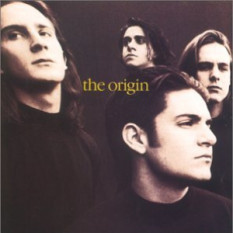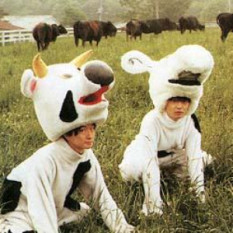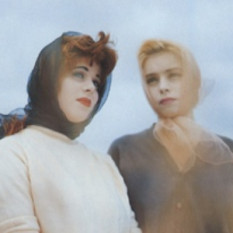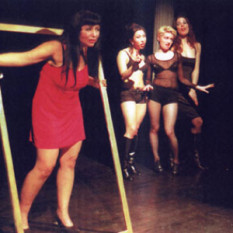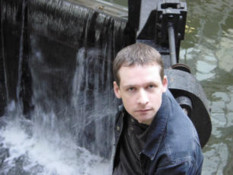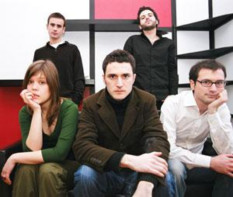Neo-acoustic is a Japanese-originating term for a specific cross-section of Indie Pop and Jangle Pop. As the name indicates, the genre hearkens back to the prominent use of acoustic guitars in 1960s Folk Rock, with the "neo" prefix representing a reinvention of that sound through New Wave and the Post-Punk movement. It has been described as a less "macho" style, opting towards softer sounds and lyrical subject matter, but plays into a more "sophisticated" image than the childlike sound of its contemporary, Twee Pop. It also frequently features keyboards, Jazz or Soul influenced songwriting, and sometimes the incorporation of brass or strings as accents; fittingly, many artists blur the line between neo-acoustic and Sophisti-Pop.
The roots of neo-acoustic as a style are in the first wave of indie pop from the early 1980s, with groups like Aztec Camera, The Pale Fountains, and The Jazz Butcher (whose guitarist Max Eider would heavily influence later artists). By the late 1980s this music had begun to find underground popularity in Japan as well, with Japanese fans and collectors recognising a distinct sound and devising the "neo-acoustic" term, in part to help distinguish it from the newer, rougher C86 "anorak pop" and Alternative Rock that was finding popularity in the UK. Important labels in this period include the Tokyo-via-London Vinyl Japan which released music by both Japanese and British artists, and the cross-Channel él Records whose less guitar-focused sound would lay the groundwork for Chamber Pop by the early 1990s. In Tokyo, a small but active neo-acoustic scene with groups like The Bachelors and Penny Arcade would arise out of these influences and the "neo-GS" Group Sounds revival.
The band Flipper's Guitar would emerge from this Tokyo scene and their 1989 debut Three Cheers for Our Side would become a major cornerstone in the Shibuya-kei movement in the early 1990s, inspiring a number of other neo-acoustic groups within or adjacent to the Shibuya-kei movement like b-flower and advantage Lucy. Another major centre for neo-acoustic in the 1990s was Sweden, with Eggstone (who worked with prominent Shibuya-kei musician カジヒデキ [Hideki Kaji] on his first solo album) and the internationally successful group The Cardigans. Throughout the decade the term was also used for like-minded British groups like The Trash Can Sinatras and The Hit Parade, and a number of artists associated with the American label Shelflife Records. The neo-acoustic style has remained niche, but it continues to have some popularity in the indie pop scene, particularly in Japan where the blue-very label was founded in 2019 to release neo-acoustic reissues and new releases from groups like Diogenes Club and The Caraway. The term has found some recognition in the Western indie pop community through the internet, but it remains almost exclusively a Japanese term. .

